Short Putts... Dead-Weight Or Firm? Our Experts Debate This Common Conundrum
Standing over a short putt with the match on the line is enough to make even the best putter feel a little uneasy. But, is it best to hit dead-weight or firm?
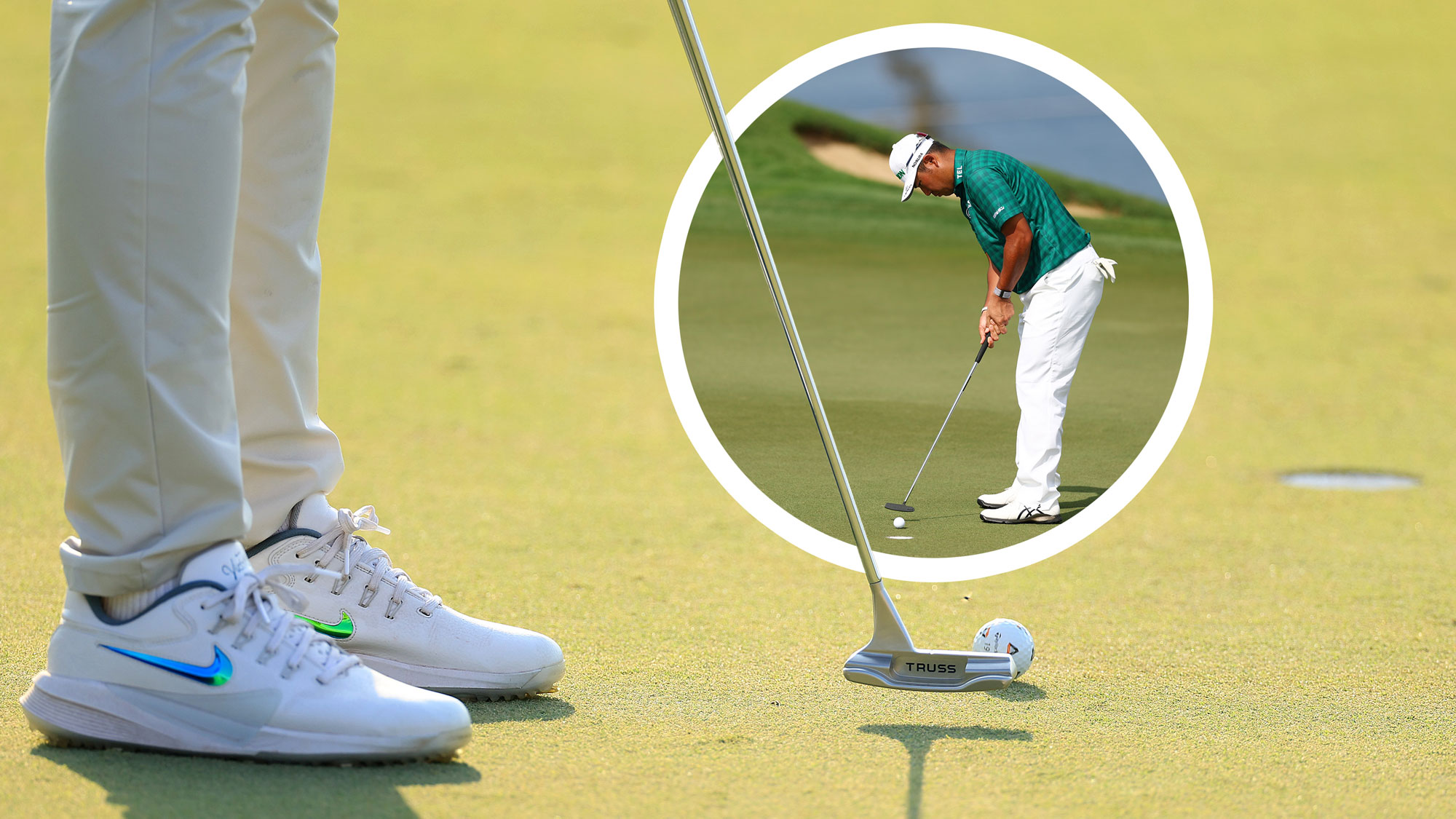

It's the age-old dilemma, you are faced with a short putt to win the match for your team, break 90 for the first time or rescue an unlikely par - but do you hit it firm or dead-weight?
You will likely still need to read the green to some extent and ensure that your putting technique is sound, but let's be frank - pace is king when it comes to short putts.
We famously saw Rory McIlroy miss a short putt in his bid to secure the 2024 US Open, so this isn't just a problem plaguing amateur golfers. So, in the interest of finding a definitive answer, I turned to the eternal wisdom of two of Golf Monthly's experts to see how they would approach this common conundrum...
Fergus Bisset: Hit It Nice And Firm

Fergus Bisset is Golf Monthly's resident expert on the history of the game and has written extensively on that subject. He has also worked with Golf Monthly to produce a podcast series. Called 18 Majors: The Golf History Show it offers new and in-depth perspectives on some of the most important moments in golf's long history. He is a golf obsessive and 1-handicapper. Growing up in the North East of Scotland, golf runs through his veins and his passion for the sport was bolstered during his time at St Andrews university studying history.
At the outset, I should say that although I’m a strong advocate of the firmly rapped short putt, I’m not an impressive exponent of the method. The confidently struck three-footer is something I aspire to rather than proficiently demonstrate. But, as a poor putter, it’s clear to me that nonchalantly banging the short ones in is a far more effective strategy than trying to work out subtle breaks and cosy the ball into the front or side doors.
In bounce games, when not marking a card, I’ll often stride up to short ones that don’t matter and pop them straight in. Not considering much other than ‘firm and straight into the middle’, I normally make them. In competitions, or even doing a ‘general play’, I’m far more circumspect and I start to consider ways to miss.
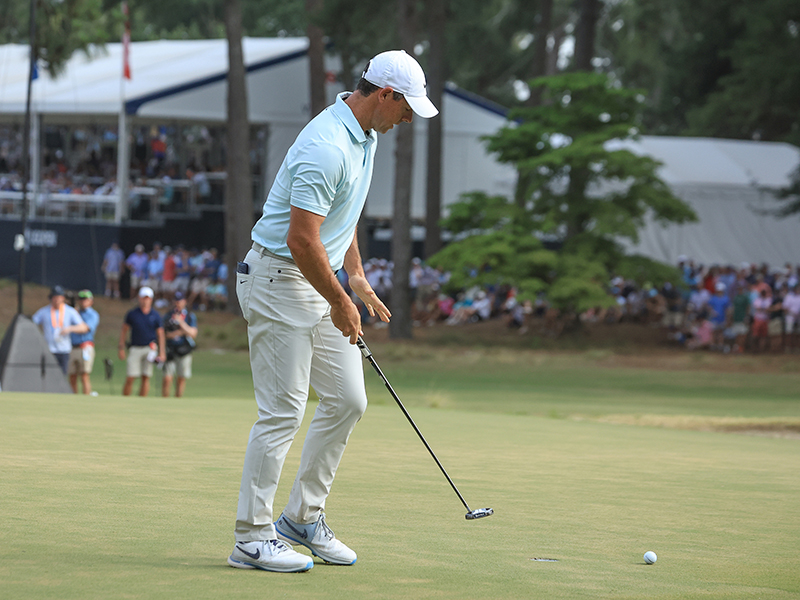
Rory McIlroy missed perhaps the most famous short putt of 2024 and subsequently missed out on the US Open title
More often than not, I’ll make a weak effort that dribbles towards the hole. At that point, I’m relying on a good degree of hope. I’m hoping I’ve judged the break, I’m hoping I’ve hit it hard enough, I’m hoping there are no imperfections on the line that could deflect a slow roller, I’m hoping the hole has been cut and has remained flush so as not to repel a labouring ball... Basically, with a dead-weight short putt, there are too many variables that could impact whether your ball ends up in the hole or not.
And, if you try to dead-weight a putt, your stroke must be very smooth – to play a putt softly and get it rolling straight is much harder than when giving it a wee bit of a hit. More attempts at dead-weight putts will be slightly pulled or pushed due to a decelerating stroke.
Get the Golf Monthly Newsletter
Subscribe to the Golf Monthly newsletter to stay up to date with all the latest tour news, equipment news, reviews, head-to-heads and buyer’s guides from our team of experienced experts.
Most of us amateurs find it hugely tough to bring ourselves to do it, but if we could muster the courage to hit short putts nice and firm, we’d hole more of them.
Jeremy Ellwood: Dead-Weight Is The Way To Go

Jeremy Ellwood has worked in the golf industry since 1993 and for Golf Monthly since 2002 when he started out as equipment editor. He is now a freelance journalist writing mainly for Golf Monthly. He is an expert on the Rules of Golf having qualified through an R&A course to become a golf referee. He is a senior panelist for Golf Monthly's Top 100 UK & Ireland Course Rankings and has played all of the Top 100 plus 91 of the Next 100, making him well-qualified when it comes to assessing and comparing our premier golf courses. He has now played 1,000 golf courses worldwide in 35 countries, from the humblest of nine-holers in the Scottish Highlands to the very grandest of international golf resorts.
The dead-weight putt is golf’s very own magic trick that nearly all club golfers would do well to take advantage of. How so? Well, it’s the only legal way to effectively widen the target by just under an inch. Wouldn’t you prefer to be putting to a hole that has now grown to just over 5in across, rather than the statutory 4.25in, as you stand over those nerve-shredding three-footers you know you simply have to make to keep your score ticking along?
The dead-weight putt’s remarkable hole-expanding properties are all down to gravity. The golf ball has a diameter of 1.68in, and, in theory, if 51 per cent of it catches the hole dead-weight, it will drop. If you try to rap them in firmly, the hole shrinks back towards its actual size and balls that don’t catch enough of the edge will lip out. Even worse, you’ll sometimes suffer the dreaded accelerating horseshoe, perhaps leaving you even further away and opening the door to the lifeblood-sapping ‘three-putt from nowhere’.
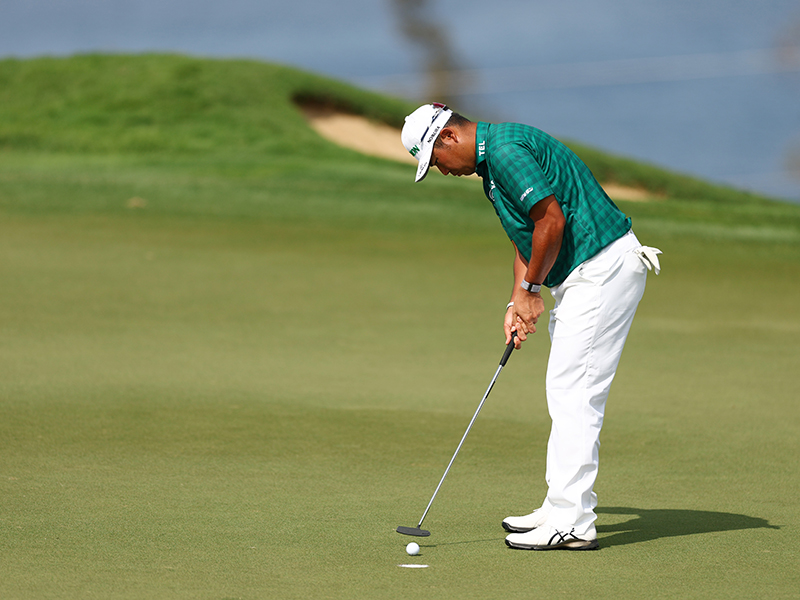
Hideki Matsuyama made 94% of putts inside 5ft on his way to winning the Sentry in January 2025
This is why aggressive short putting is really not a great idea for average golfers, as it reduces the margin for error and opens the door to potential disaster. Yes, you could argue that striking short putts firmly takes any break out of the equation, making every short putt nearly straight. But you need steely resolve and a silky-smooth action to take advantage of this, and many of us are blessed with nerves of jelly and a fragile, unreliable stroke.
Overall, average golfers with inconsistent putting strokes will not only hole more short ones dead-weight, they’ll also avert more of those agonising close-range three-putt aberrations. So, don’t waste energy – give those short ones only what they really need to safely find their way to the bottom of the cup.
What Do Our Readers Think?
We asked our readers, via the Golf Monthly social media channels, to tell us whether they would follow the advice of Fergus or take the Jeremy's gentler approach... and the results are in:
- Dead-weight - 34%
- Nice and firm - 66%
Have Your Say...
I would argue that the key to success is confidence, along with plenty of practice. So, if you want to get yourself ready for the 2025 golf season by pursuing putting perfection, why not try out some of our best putting tips and putting drills.
Best Tips For Holing Short Putts
These top tips, from Golf Monthly Top 50 Coach Katie Dawkins, will have you holing out more efficiently from close range...
- Use the line on the ball (or draw one on) - this will help you align the ball to your intended line
- Keep the tempo consistent - imagine a tick-tock pendulum style movement
- Don't look up - keep your head down and listen to the ball dropping into the cup
- Be confident - the less you worry about it, the more you will relax and prevent tension building up in your swing

Barry joined Golf Monthly in January 2024, and now leads the instruction section across all platforms including print and digital. Working closely with Golf Monthly's Top 50 Coaches, he aims to curate and share useful tips on every aspect of the game - helping amateurs of all abilities to play better golf. A member at Sand Moor Golf Club in Leeds, he looks forward to getting out on the course at least once a week in the pursuit of a respectable handicap.
Barry is currently playing:
Driver: Benross Delta XT Driver
Hybrid: TaylorMade Stealth 4 Hybrid
Irons: Benross Delta XT 5-PW
Wedges: TaylorMade RAC 60, Callaway Jaws MD5 54
Putter: TaylorMade Spider Tour
- Jeremy EllwoodContributing Editor
- Fergus BissetContributing Editor
-
 Yani Tseng Won Five Majors Putting Right-Handed, But Now She's Flipped Sides - Here's Why...
Yani Tseng Won Five Majors Putting Right-Handed, But Now She's Flipped Sides - Here's Why...A dominant force in the women's game 15 years ago, Tseng has lost her way since and is now employing a "last resort" putting tactic in order to play well again
By Jonny Leighfield
-
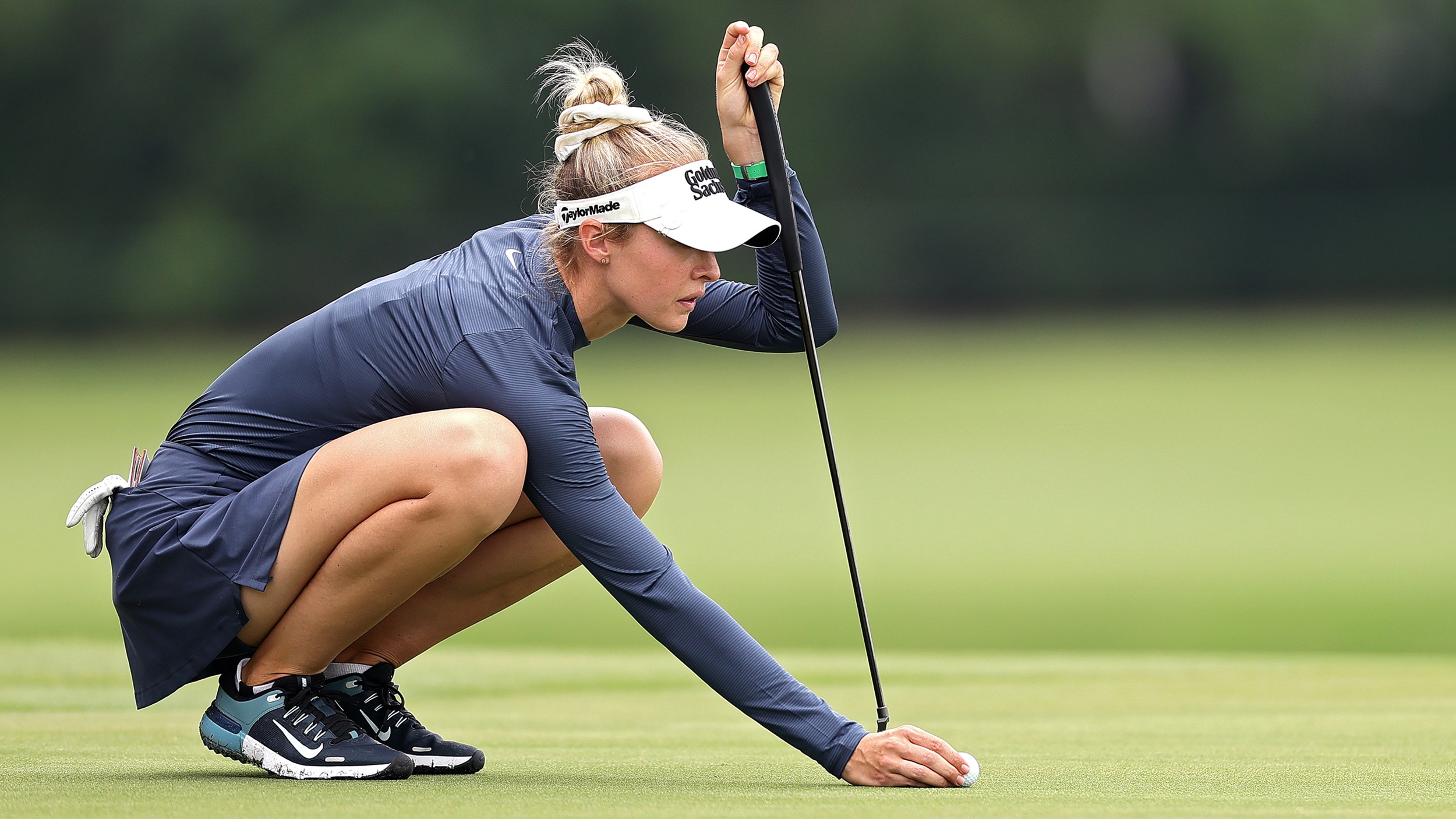 Nelly Korda Looking At Another Putter Switch After Shooting 77 in Chevron Championship
Nelly Korda Looking At Another Putter Switch After Shooting 77 in Chevron ChampionshipWorld No.1 Nelly Korda was almost in tears after her first-round 77 at the Chevron Championship, and was looking to instantly make another change of putter as a result
By Paul Higham
-
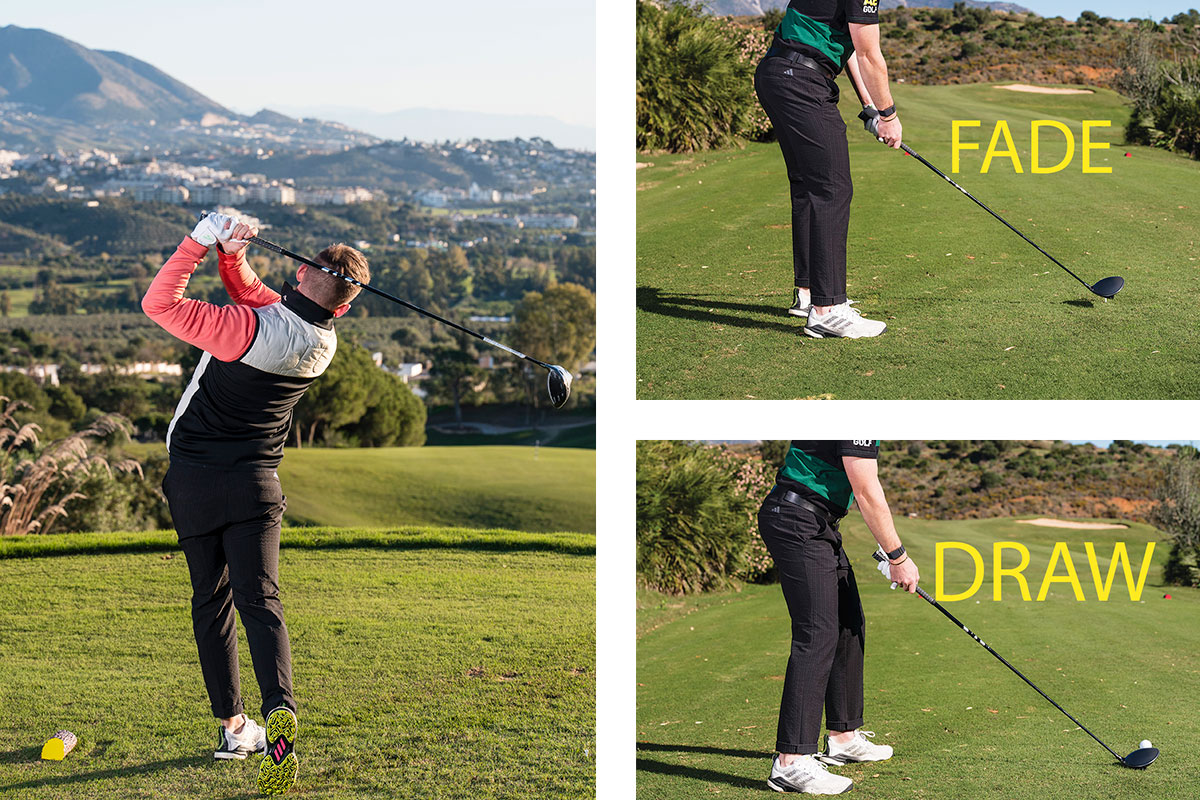 I Had No Idea It Was This Easy To Hit Draws And Fades... You Have To Try This Foolproof Formula Now
I Had No Idea It Was This Easy To Hit Draws And Fades... You Have To Try This Foolproof Formula NowWhen Top 50 Coach Alex Elliott shared this simple formula with me, I could not believe how easy it was to draw and fade the golf ball... you have to try it!
By Barry Plummer
-
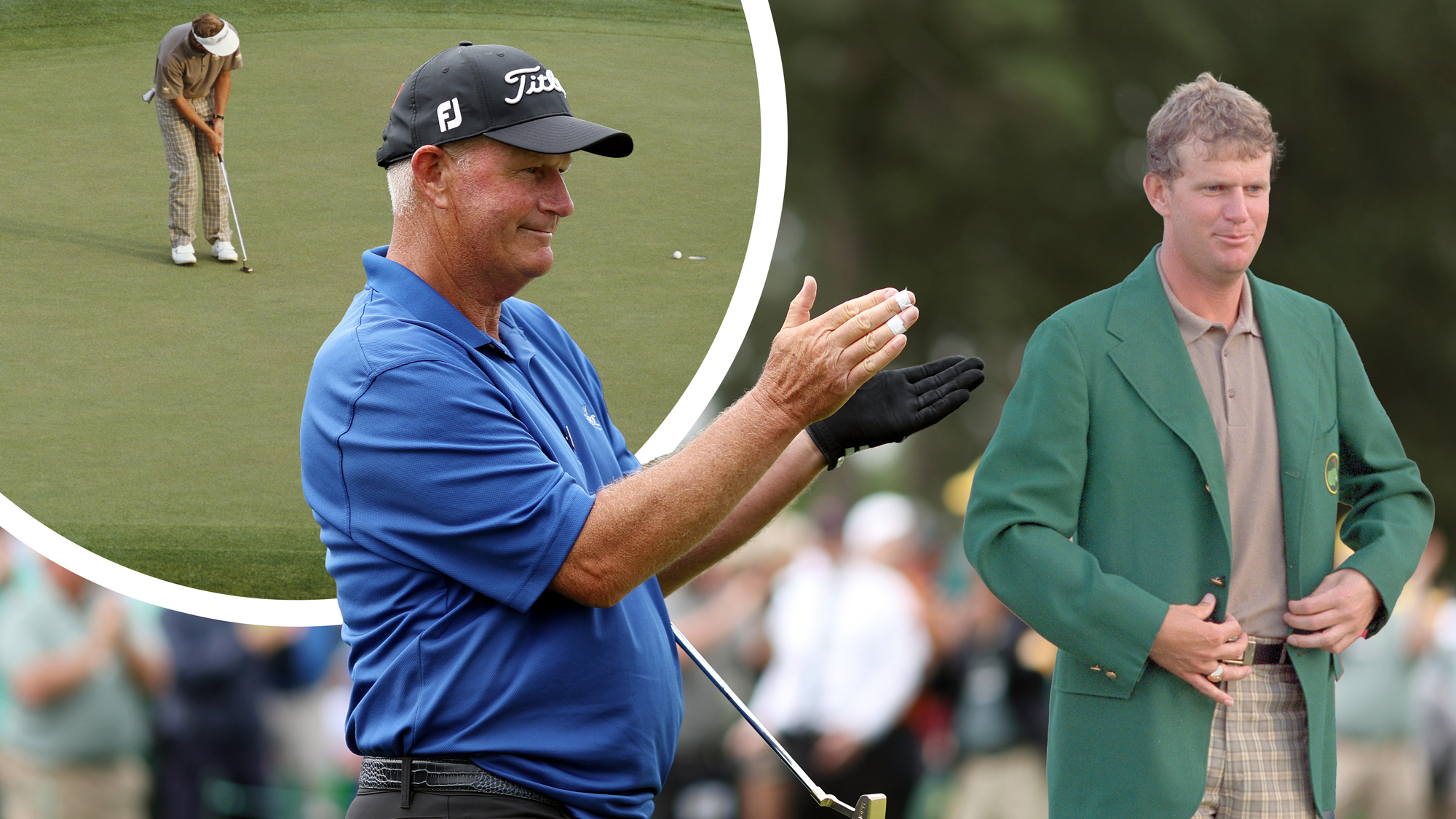 Sandy Lyle Shared 3 Top Tips With Us Prior To Winning The Masters in 1988... And They Could Still Save You Shots 37 Years Later
Sandy Lyle Shared 3 Top Tips With Us Prior To Winning The Masters in 1988... And They Could Still Save You Shots 37 Years LaterThe 1988 Masters Champion shared his expert tips in the January 1988 issue of Golf Monthly, but they are still absolute gems for amateur golfers to this day...
By Barry Plummer
-
 Are You More Accurate Than The Average Amateur Golfer? Peter Finch Can Help You Hit More Fairways In 2025
Are You More Accurate Than The Average Amateur Golfer? Peter Finch Can Help You Hit More Fairways In 2025There is no better feeling than striping one down the middle of the fairway, but many amateurs struggle with accuracy. Peter Finch has four pro tips to help...
By Barry Plummer
-
 Are You A Victim Of This Destructive Golf Swing Fault? Let Me Help You Fix It Before You Tee It Up This Weekend
Are You A Victim Of This Destructive Golf Swing Fault? Let Me Help You Fix It Before You Tee It Up This WeekendAn overswing in golf is a destructive habit which can cost us precious shots on the golf course, but PGA Pro John Jacobs has a quick fix to get us game ready...
By Barry Plummer
-
 Do You Struggle With Distance Off The Tee? Try This Quick Fix To Make 2025 Your Biggest Golf Season Yet
Do You Struggle With Distance Off The Tee? Try This Quick Fix To Make 2025 Your Biggest Golf Season YetStruggling with distance off the tee could be a major reason why your handicap isn't coming down or your scores aren't improving, but our quick fix can help...
By Barry Plummer
-
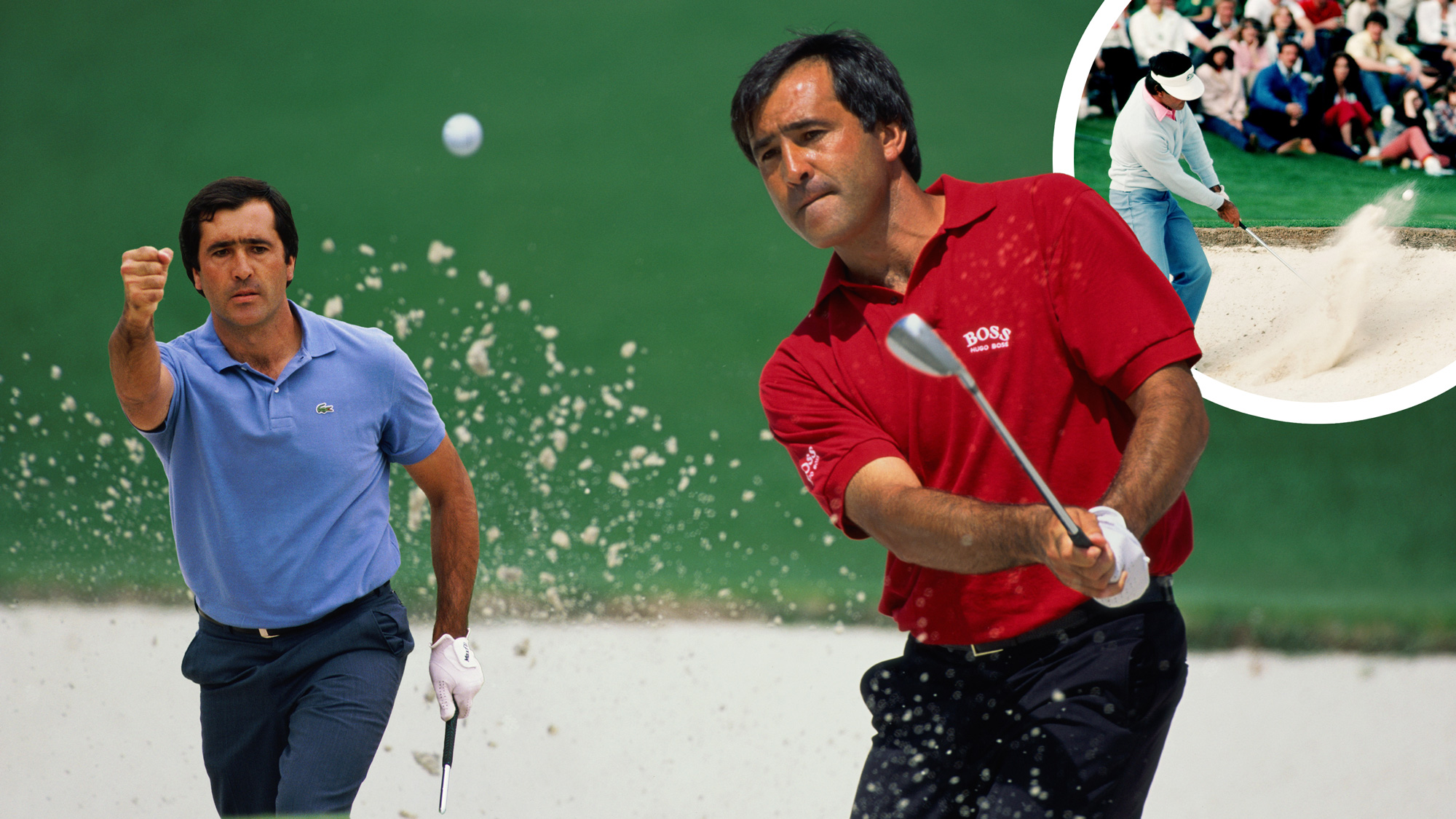 Seve's 'Lost' Bunker Lesson: Master Slopes And Transform Your Short Game Today
Seve's 'Lost' Bunker Lesson: Master Slopes And Transform Your Short Game TodaySeve's forgotten bunker lesson, from Golf Monthly's August 1983 issue, could hold the secret to better bunker play and supercharging your short game this season
By Barry Plummer
-
 Is Your Golf Swing Failing You? This All-Encompassing Drill Can Instantly Save It
Is Your Golf Swing Failing You? This All-Encompassing Drill Can Instantly Save ItAre you struggling with your golf swing? Discover the all-encompassing drill that can fix common swing faults and restore your game. Get back on track today!
By Tom Motley
-
 I Attended An Exclusive Tee To Green Masterclass With A Top Golf Coach... Now I'm Sharing His 6 Transformative Tips With You
I Attended An Exclusive Tee To Green Masterclass With A Top Golf Coach... Now I'm Sharing His 6 Transformative Tips With YouFew golfers get the chance to spend an entire day with a top golf coach, which is why I can't keep his six expert tips to myself. Get ready to play better golf!
By Barry Plummer